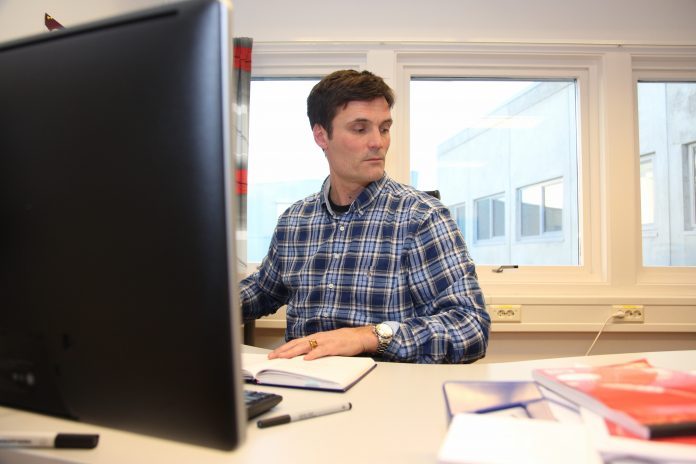Competitor BioMar opened a new production facility on the island of Karmoy, southwest Norway. Skretting would rather wait for Norwegian aquaculture growth before expanding capacity.
“We haven’t had growth in the aquaculture industry since 2012. That has made for high salmon prices, but for us who deliver to producers, earnings have been sobering. We haven’t had an increase in earnings. Quite the opposite,” Erlend Soedal, Skretting’s CEO for Norway, the United Kingdom and Australia, told SalmonBusiness.
He’s optimistic on behalf of the aquaculture industry and says he believes growth will come. “We need to follow developments, adjust thereafter and take upon ourselves the changes that come. We have long-term horizons and am

bitions about being the world’s best in feed. And our new feed is extremely sought after. We will defend the position we have in the Norwegian market,” he asserted.
Join the growth
A new assembly line on the island of Karmoy can produce 140,000 tonnes of aquafeed, or enough to increase capacity on the site by a 70 percent. That’s happening in parallel to Marine Harvest’s feed-production expansion at its under-construction Scottish plant.
“Increasing capacity isn’t up for discussion now. Should growth return to Norwegian aquaculture, then we want to be in on that growth,” he said.
“Feed suppliers in Norway are professional. We have worthy competitors,” he said.
Reputation management
What appears to give the Skretting boss the biggest headache at present is the aquaculture business’s reputation problem, as well as that lack of growth.
“We’re adjusting our operations to the market position we currently have. We’ve now been through a period where we’ve scaled down alot, and we’ve done that without unit costs rising. The greatest operational challenge is to secure the right amount of raw materials at the right time for the lowest possible cost. That requires long-term and precise sales forecasts, when the raw materials come from other parts of the world.”
“We want growth on the same lines as our customers. We’ve done our part. We’re working actively for a positive reputation for this industry,” he said.


